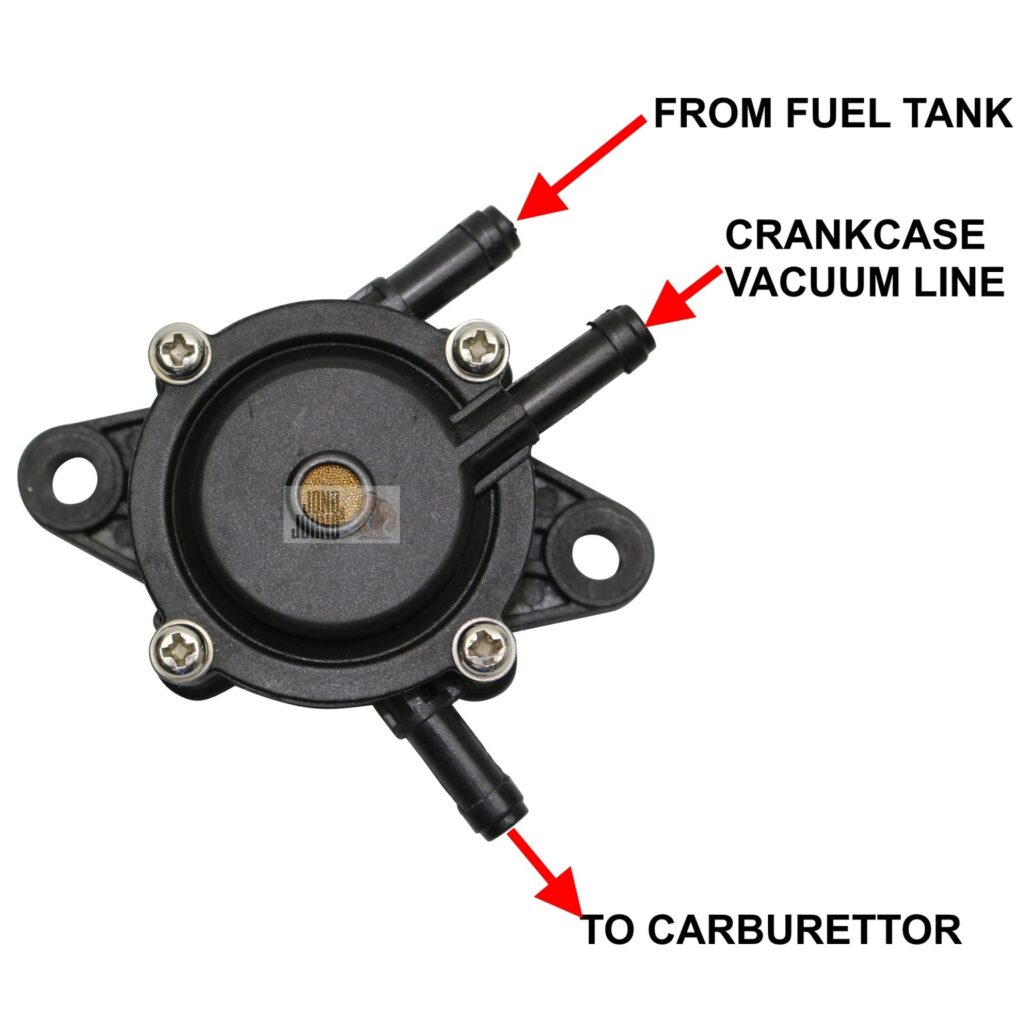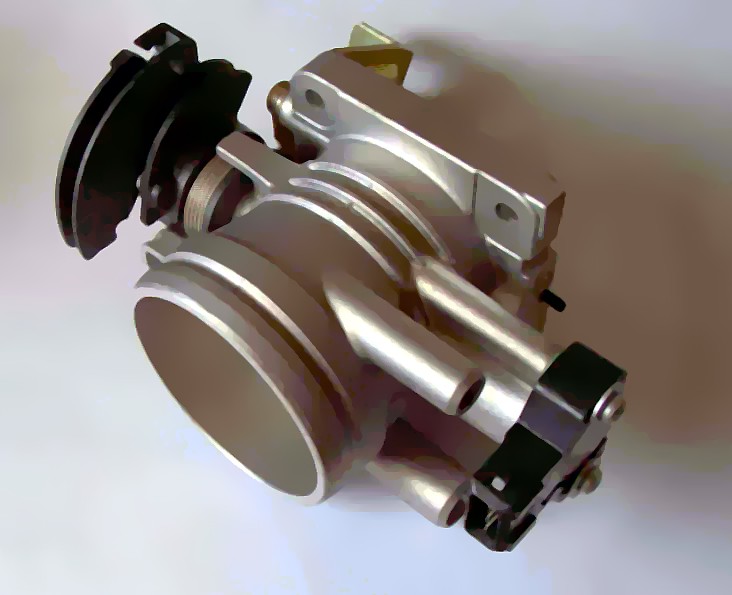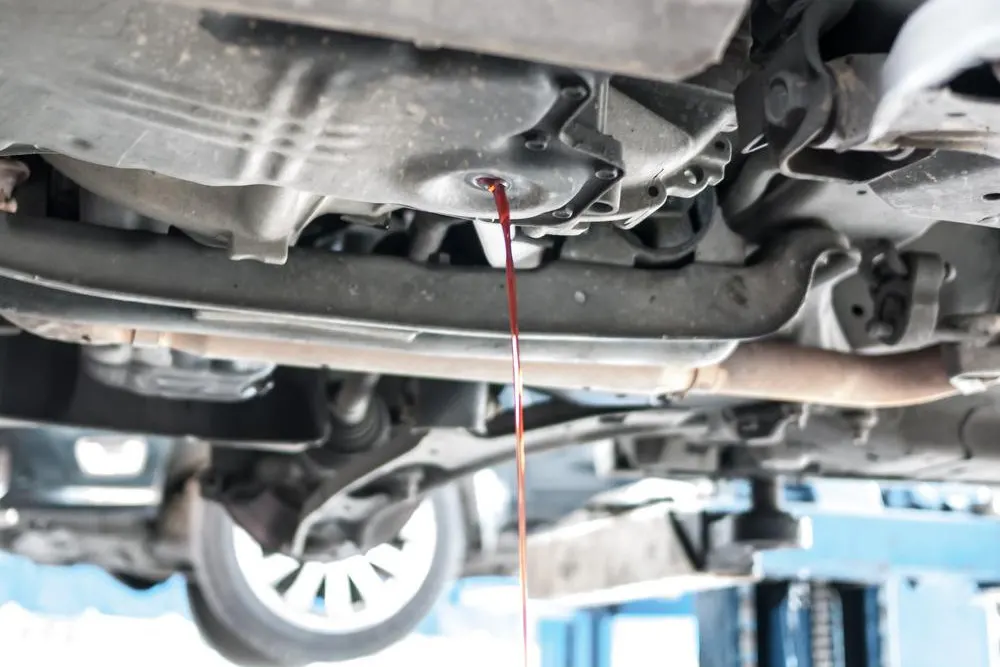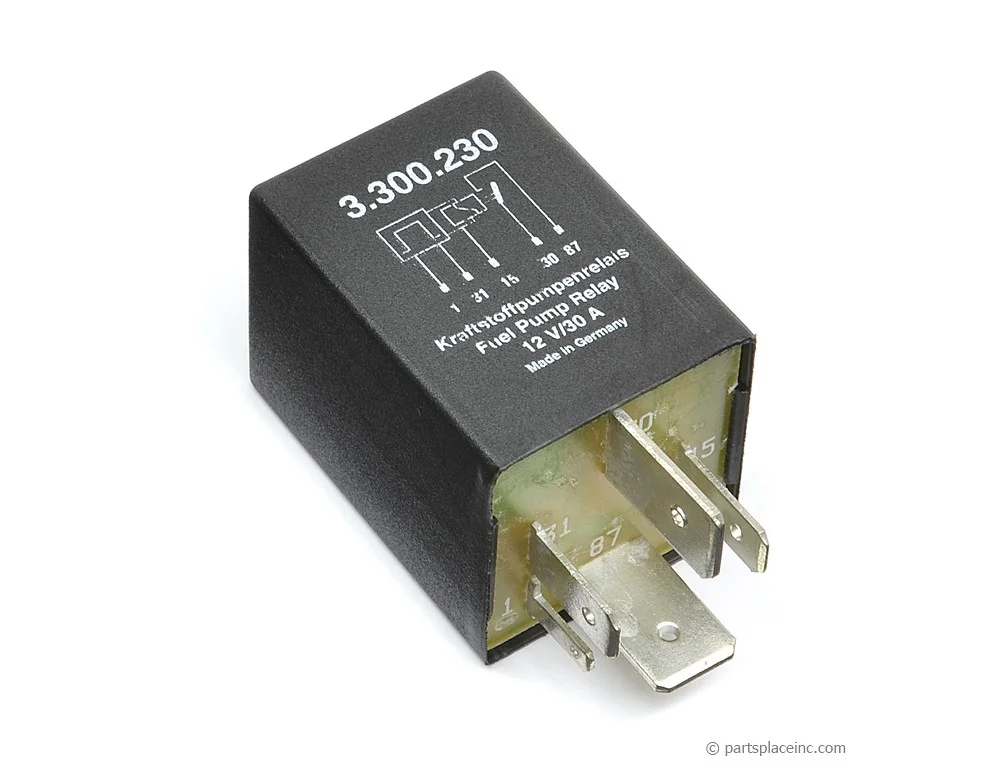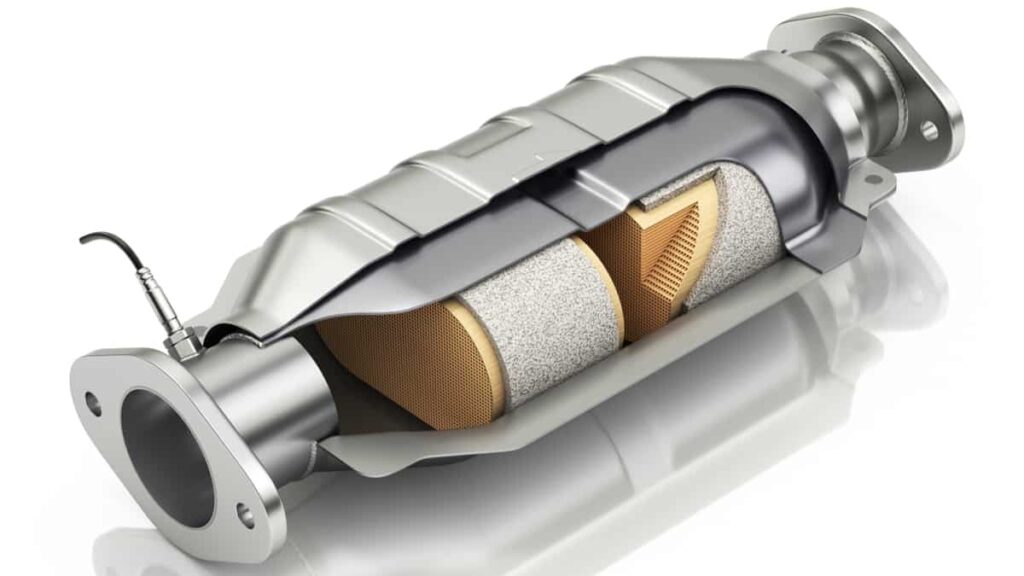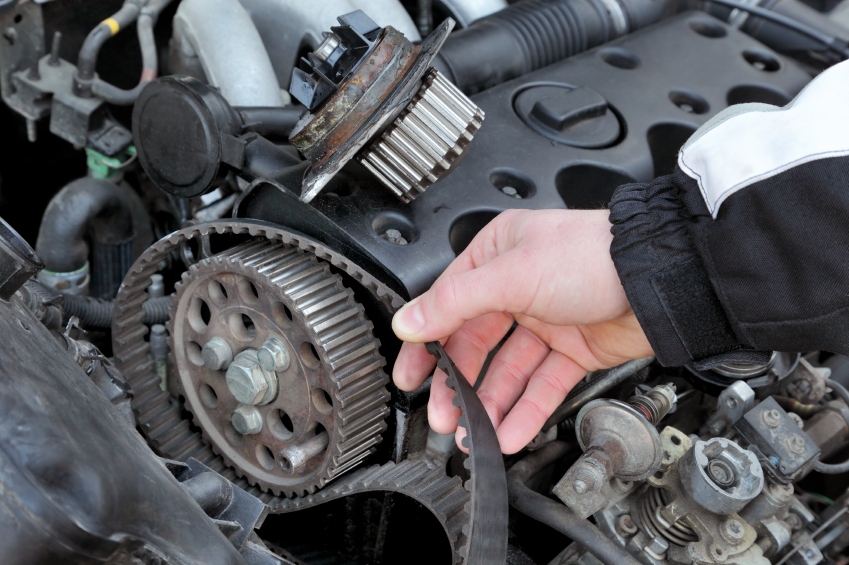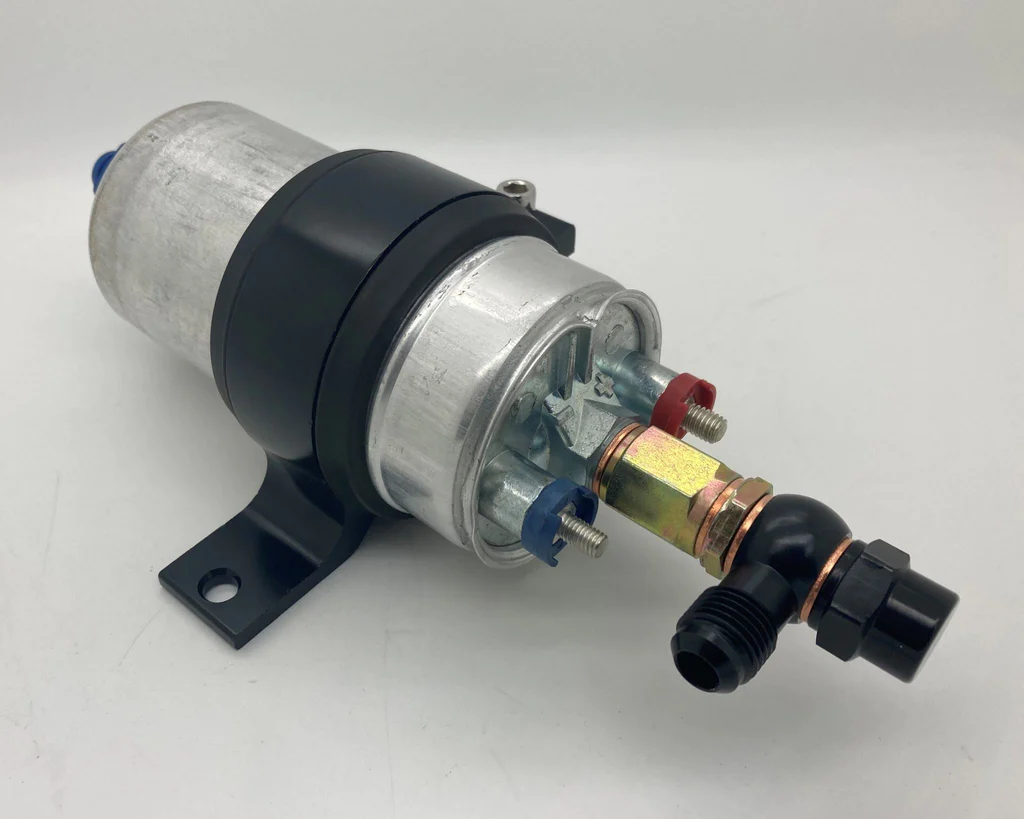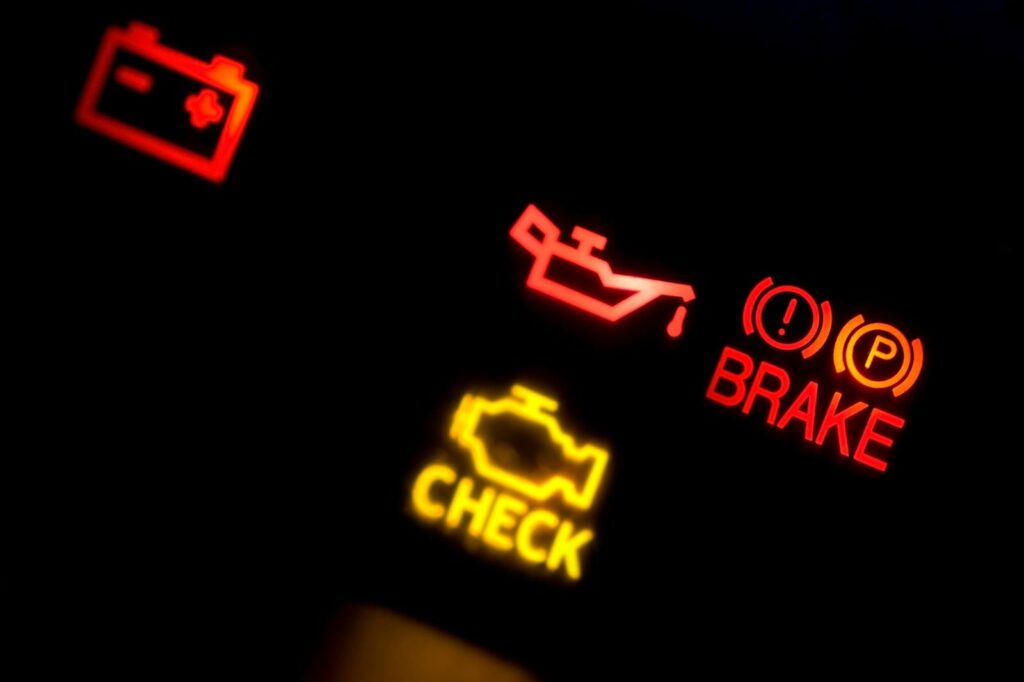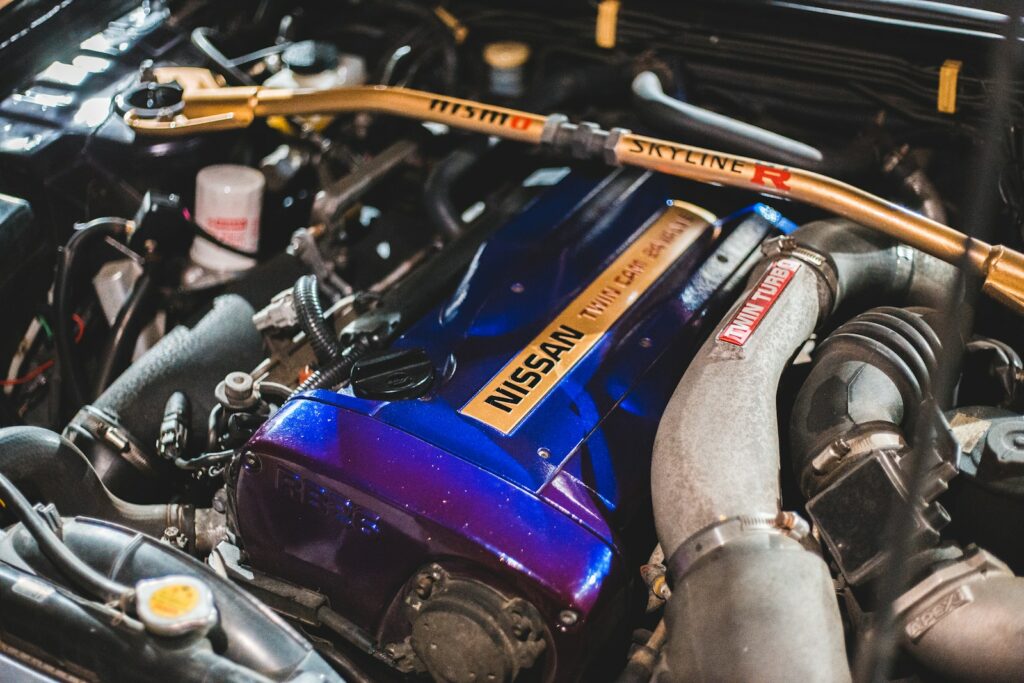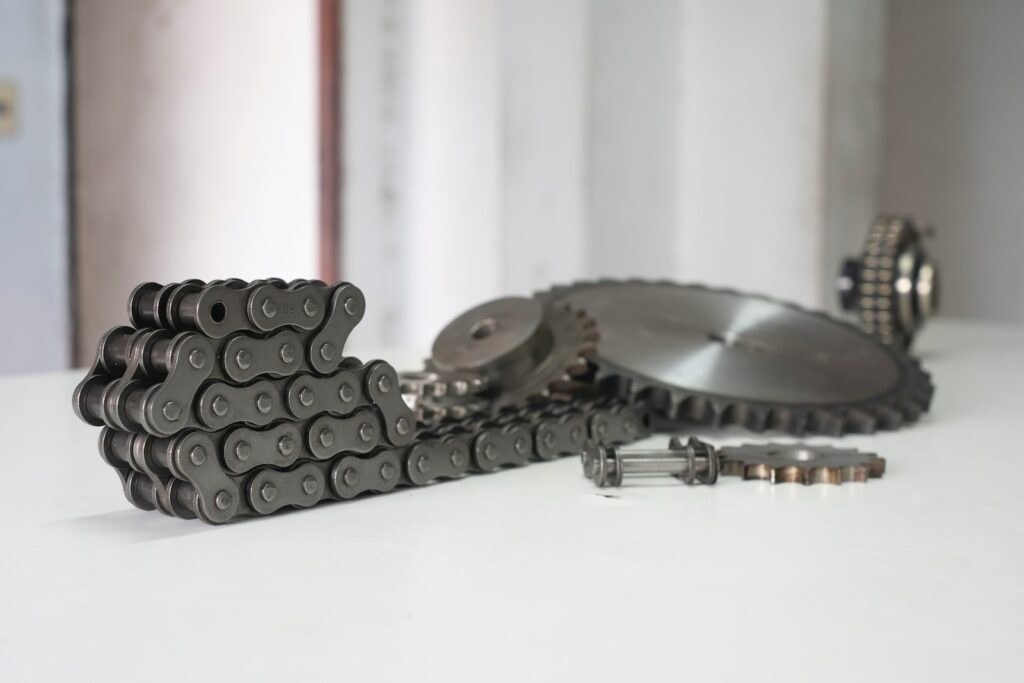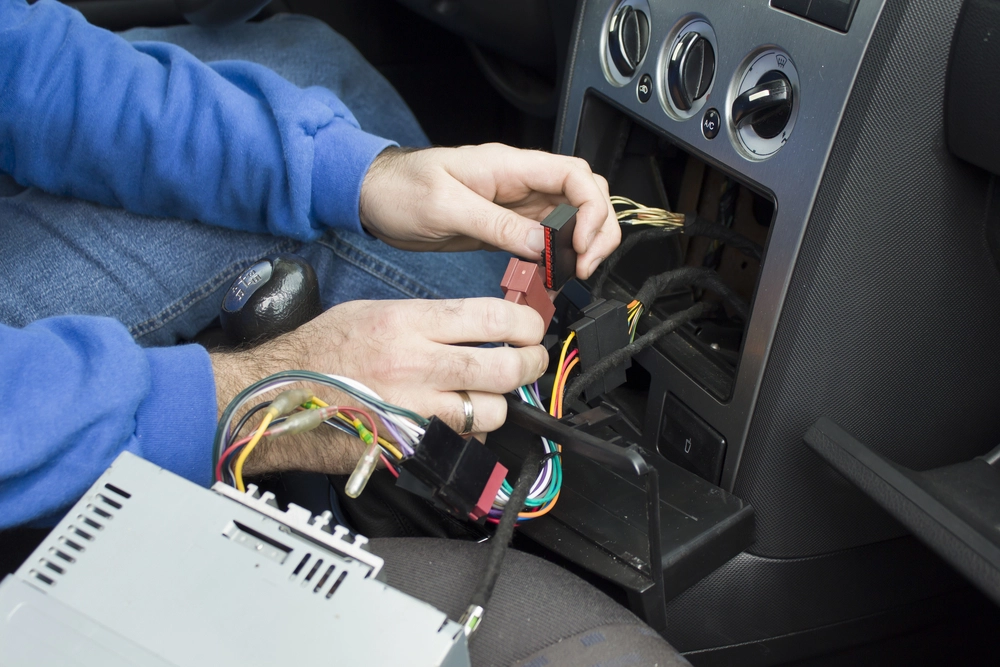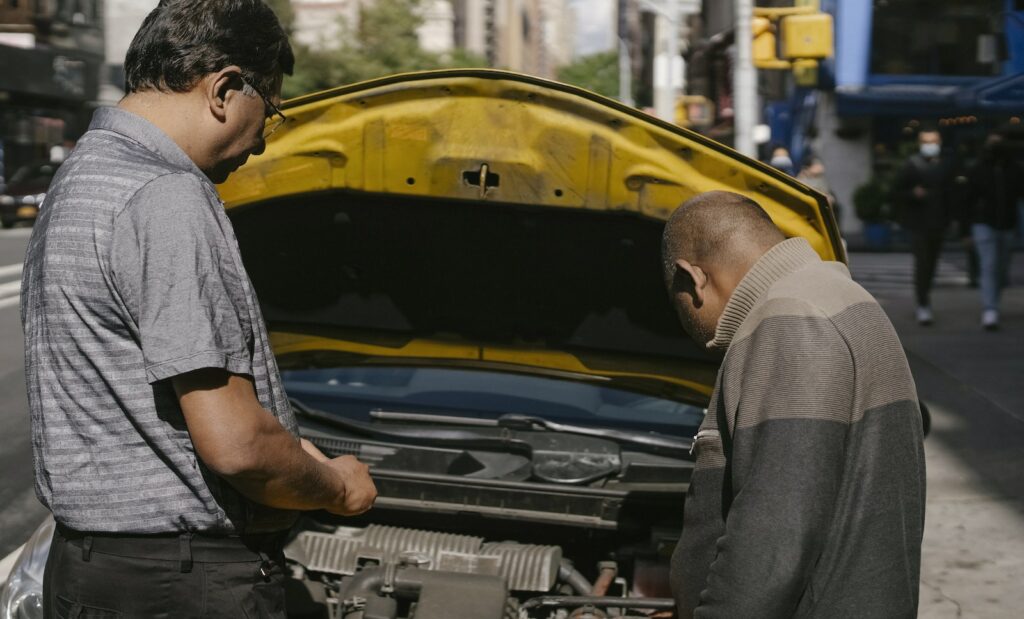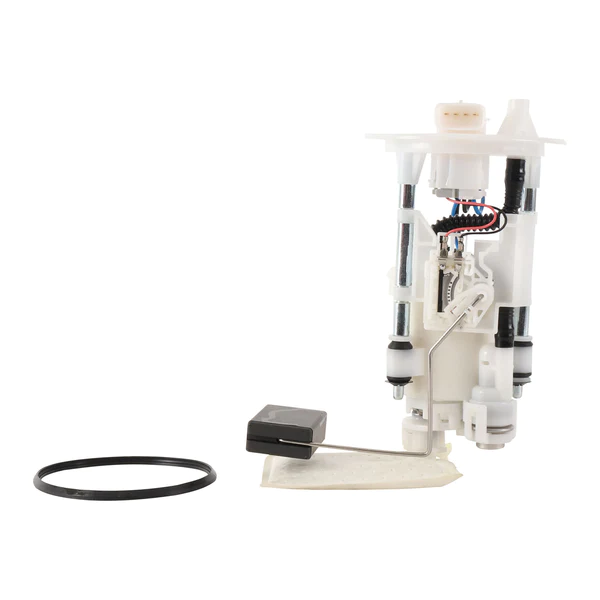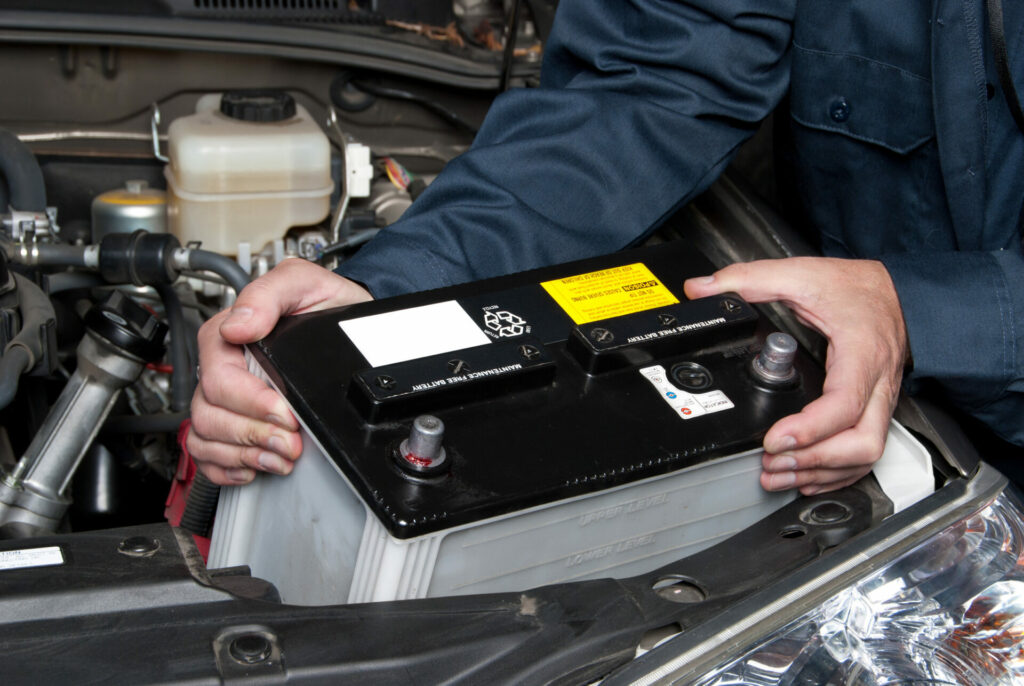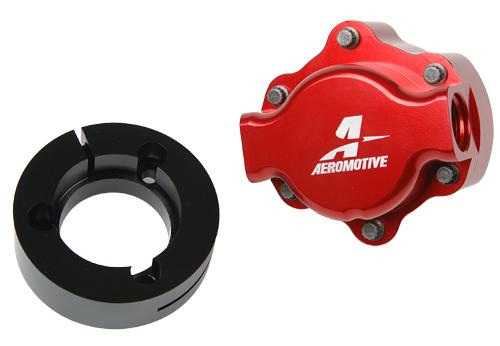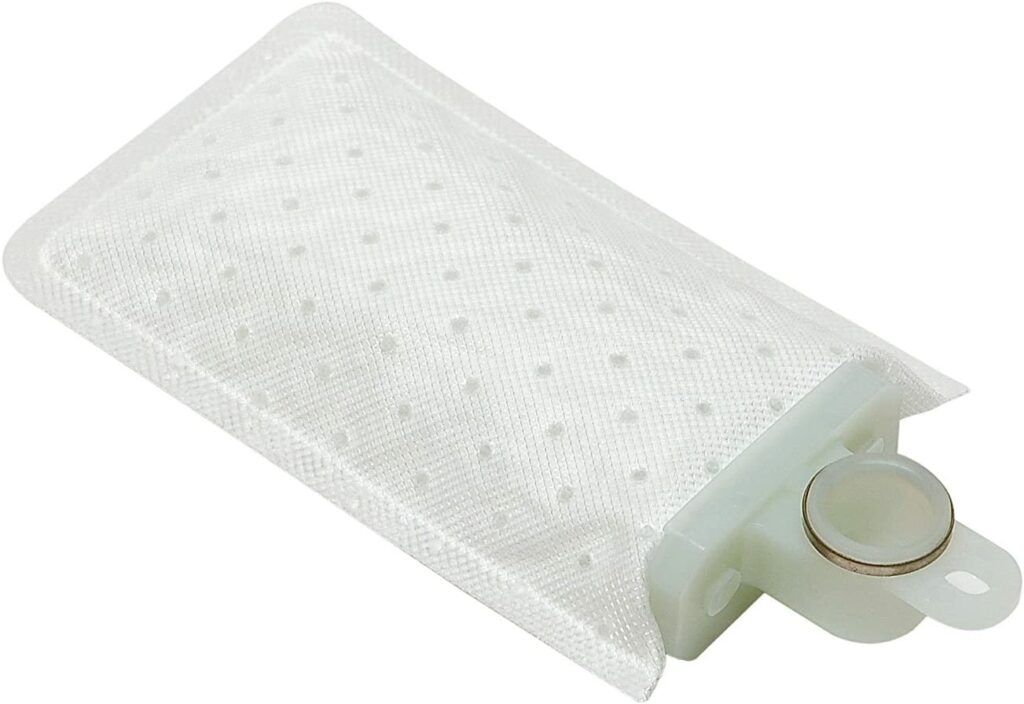Introduction
A fuel pump is an essential component of a vehicle’s fuel system. It is responsible for delivering fuel from the tank to the engine, so it can function properly. However, when a fuel pump experiences vacuum problems, it can lead to poor engine performance, stalling, and even complete engine failure. In this blog post, we’ll discuss the causes of fuel pump vacuum problems and the steps you can take to fix them.
Symptoms of Fuel Pump Vacuum Problems
The first sign of a vacuum problem with your fuel pump is often a decrease in engine performance. You may notice that your vehicle struggles to start or idles roughly. Additionally, you may experience stalling or a complete loss of power while driving. Other symptoms include poor fuel economy and a decrease in the power of the engine.
Causes of Fuel Pump Vacuum Problems
Fuel pump vacuum problems can be caused by a number of factors, including a clogged fuel filter, a failing fuel pressure regulator, and a malfunctioning vacuum line. A clogged fuel filter can restrict the flow of fuel to the engine, leading to vacuum problems. A failing fuel pressure regulator can cause the fuel pressure to drop, resulting in poor engine performance. And a malfunctioning vacuum line can cause the vacuum to drop, which can also lead to poor engine performance.
How to Fix Fuel Pump Vacuum Problems
Step 1: Check the Fuel Filter The first step in fixing fuel pump vacuum problems is to check the fuel filter. A clogged fuel filter can restrict the flow of fuel to the engine, which can lead to vacuum problems. To check the fuel filter, locate it under the hood of your vehicle and remove it. If the filter looks dirty or clogged, replace it with a new one.
Step 2: Inspect the Fuel Pressure Regulator The next step is to inspect the fuel pressure regulator. A failing fuel pressure regulator can cause the fuel pressure to drop, leading to vacuum problems. To check the fuel pressure regulator, locate it on the fuel rail and remove it. If the diaphragm is damaged or the valve is stuck, replace the regulator with a new one.
Step 3: Check the Vacuum Lines Finally, check the vacuum lines for any leaks or damage. A malfunctioning vacuum line can cause the vacuum to drop, which can lead to poor engine performance. To check the vacuum lines, locate them under the hood of your vehicle and inspect them for any leaks or damage. If you find any leaks or damage, replace the vacuum line with a new one.
Precautions
- Always wear gloves and safety goggles when working on a vehicle to protect your hands and eyes from fuel and other harmful chemicals.
- Never smoke or use an open flame near a vehicle that is being worked on, as fuel is highly flammable.
- Be sure to properly ventilate the area where you are working to prevent inhaling harmful fumes.
- Always follow the manufacturer’s instructions when replacing parts on your vehicle.
Conclusion
Fuel pump vacuum problems can be caused by a number of factors, including a clogged fuel filter, a failing fuel pressure regulator, and a malfunctioning vacuum line. By following the steps outlined in this blog post, you can diagnose and fix the problem yourself, saving money on costly repairs. Remember to always take the necessary precautions and follow the manufacturer’s instructions when working on your vehicle.

